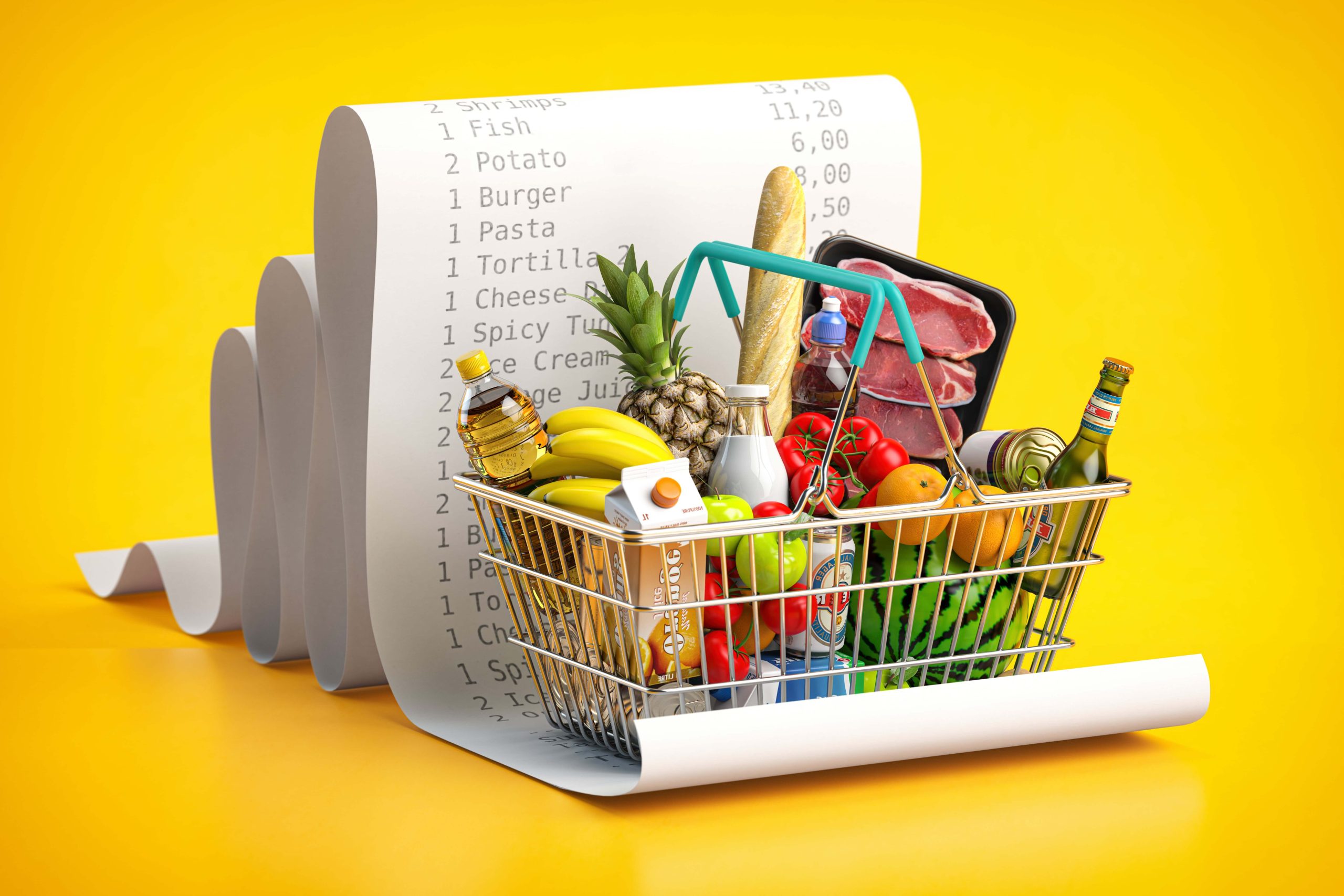Inflation is a key issue for all markets in 2022. After decades of rather stable and, well, expected inflation, cyclical and structural factors have suggested that underlying price pressures will rise in the coming years, especially after the pandemic has continued to wreak havoc on our global economy.
The virus and the restrictions that it’s brought along are the main cited reasons for the lack of economic activity and rising inflation. The latest figure reported by the Philippine Statistics Authority on Thursday, May 5, is a 0.9% percentage point increase from the figures recorded for last March. Once again the main culprit could be pointed toward the price increases of petroleum goods due to the continuing war between Russia and Ukraine.
Analysts have continued to propose various measures that the government can take to minimize the impact of the war on local goods. Hopefully, higher import volumes will tame food prices – but what does a high inflation rate mean? Well, find out in this article.
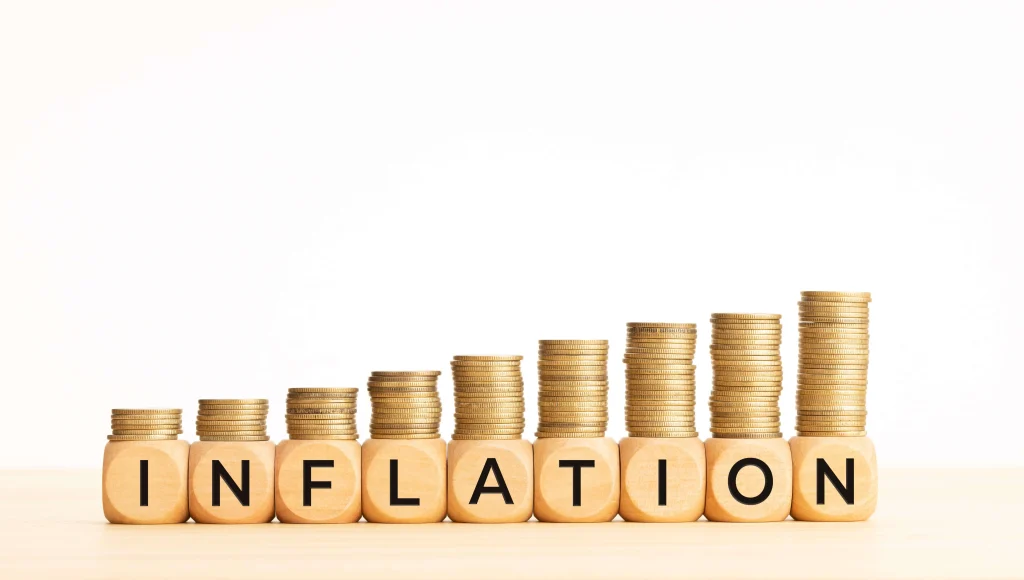
What is Inflation
Inflation is a topic and concept that should have been covered by your economics class in high school. With regards to its effects on you as an individual, inflation is said to be the decline of purchasing power of a given currency over a period of time. Here’s the Investopedia definition: “A quantitative estimate of the rate at which the decline in purchasing power occurs can be reflected in the increase of an average price level of a basket of selected goods and services in an economy over some period of time.”
In short, it’s a number that reflects just how much your money lost in absolute value due to the rising cost of things. The rise in the general level of prices means that your unit of currency buys less than it did during previous periods.
Look at it this way: let’s say a piece of candy is worth 1 peso each. In effect, your 100 peso bill would be worth 100 pieces of candy, right? If, for example, inflation sets in and the price of candy goes up to 2 pesos per piece, then your 100 peso bill would only be worth 50 pieces of candy.
Admittedly, this level of inflation would almost never happen, a 100% increase in inflation would undoubtedly put an economy in shambles.
This is the effect of inflation that we want to highlight, the fact that the value of your absolute currency is falling and the consequence of such an event would be the general level of prices for goods and services would be rising.
On the counter effect, we have deflation, which occurs when the purchasing power of money increases and prices decline.
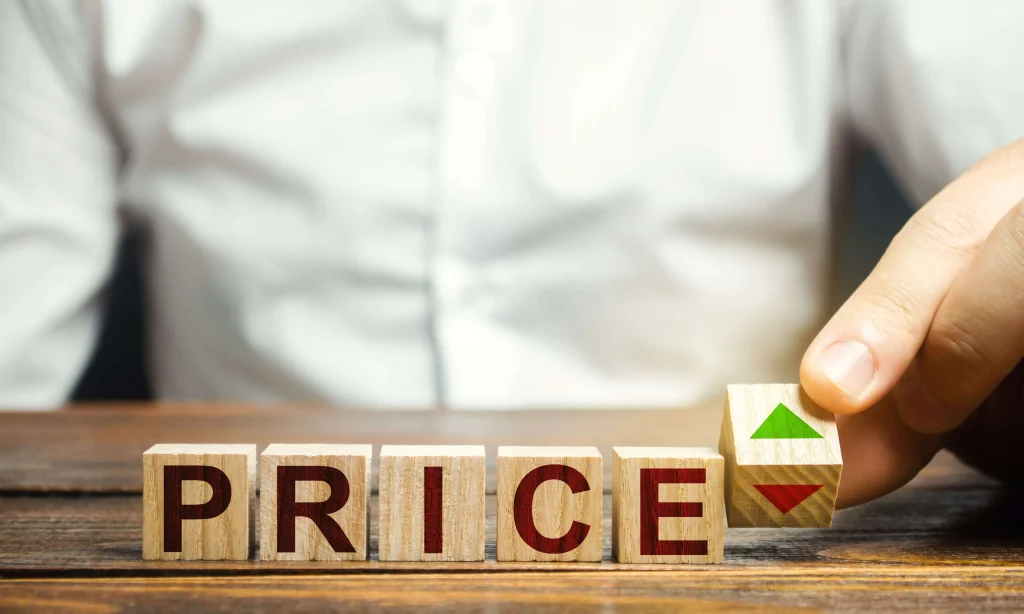
What does Inflation Do?
At the end of the day, inflation, or the quantitative value represented by it, is used to measure the overall impact of price changes for different sets of products and services, showing off the increase in the price level of goods and services in an economy over a period of time using a singular value.
On top of that, it would be nice to know that inflation is measured in a variety of ways depending on the types of goods and services considered. Often, the most used indicator of inflation has to be the Consumer Price Index, which measures the percentage change in the price of a basket of goods and services consumed within households. While the producer price index, on the other hand, talks about the components of personal consumption not paid for by the consumer.
Unfortunately, there still remains some level of controversy surrounding this means of calculating inflation. Without getting too much into the nitty-gritty, the CPI was always determined by comparing the price of a fixed basket of goods and services spanning two different periods, often a year. In this case, however, the CPI was more of a cost of goods index. Thus, it should also reflect changes in the cost to maintain a constant standard of living, taking into account the cost of living.
Did that make sense? No? That’s okay, what’s important is that you know that this is how inflation is most likely measured.
Because inflation is a collective value, this means that the increase in prices between specific products and asset classes could differ. Take coffee for example. In the 1970s, a single cup of coffee would have cost you $0.25, literally a quarter of a dollar. By 2019, you’ll need to take that quarter and multiply it by 7 before you can even think about buying a cup of coffee as that same cup of coffee will set you back by about $1.59. Still not a huge amount but in comparison to the 1970s, almost 50 years earlier, that’s still almost a 700% increase.

Causes of Inflation
If you are wondering what the reason for inflation in Philippines or cause of inflation in the Philippines is, you can check out below.
There are three universally accepted causes of inflation but at the root of all of this, is the increase in the supply of money. Money supply can be increased by authorities either by printing and giving away more money to the individuals (which, by the way, is exactly what happened during the middle of the pandemic), by legally devaluing the legal tender currency, or by loaning new money into existence. If you’re thinking, how many trees do governments have to cut down to print all this stone-cold cash? Well, you’d be surprised to learn that only about 3% of the world’s cash is actually in paper money, the other 97% are simple numbers on the screen and held by banks.
In all cases that we mentioned above, the money loses its purchasing power-driven by the following form factors:
Demand-Pull Inflation
Demand-pull inflation occurs when an increase in the supply of the economy’s money stimulates overall demand for goods in the economy to increase the production capacity of the economy. Basically, this increases demand and leads to prices rising.
As the government provides more money to individuals, individuals are much more likely to spend money on products. It’s basic human nature: the more of one resource you have, the more you’re willing to spend it right?
Unfortunately, this creates a demand-supply gap with more demand for the same products (because of our herd mentality and what’s trending) that leads to a less flexible supply and higher prices for all.
Cost-Push Inflation
At the same time, it could also be that the increase in prices could be due to the increase in the production costs of process inputs themselves or, more simply, the items that go into the products. Whenever the cost of an item goes up, who do you think will bear the costs of the added expenses? Obviously, it would be the end-user (you). When additions to the supply of money happen, combined with a negative economic shock to the supply of key commodities, then we’ll find that the base price of these costs for all kinds of intermediate goods rises.
At the end of the day, these developments will lead to higher costs for the finished product – working their way into rising consumer prices. Thinking about it makes a lot of sense – when the expansion of the money supply artificially increases the cost of oil or other essential moving parts of a piece of equipment, then you’ll find consumer prices rise in the final product as well.
Built-In Inflation
Finally, let’s talk a little bit more about built-in inflation. Built-in inflation is related to how people expect current inflation rates to continue in the future or future inflation. As an indirect result of the rising cost of things, workers, laborers, and even business owners will expect more costs or wages to be incurred to maintain their current standard of living.
If you add that to the fact that people will just naturally want higher wages as time goes on, then you have a recipe leading to more costs for a business.
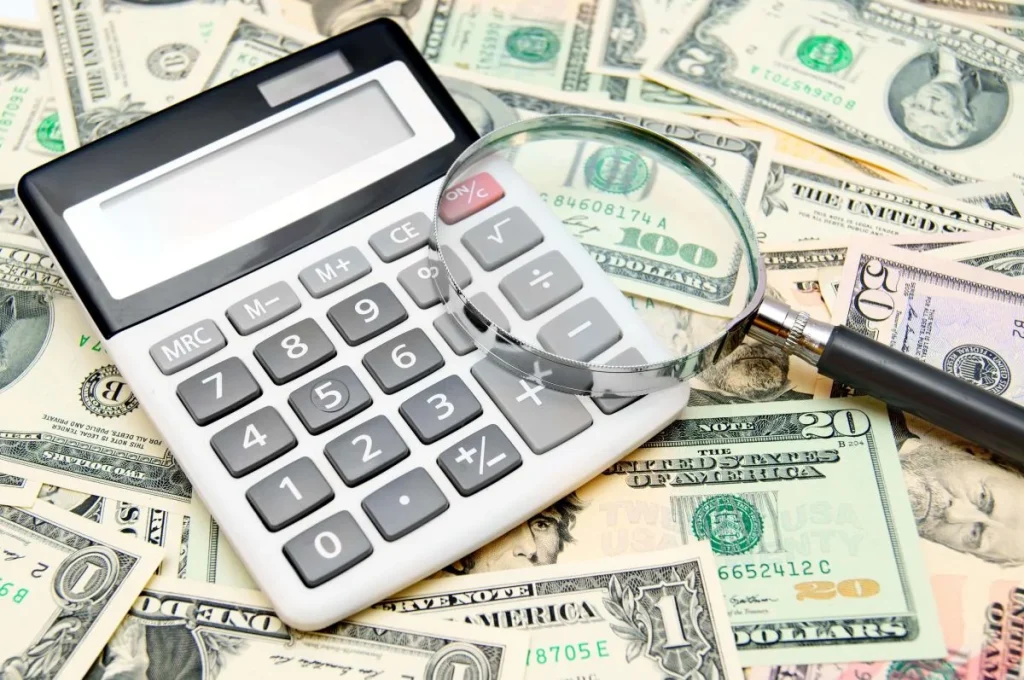
Is Inflation Good or Bad?
Inflation is the direct result of the government and the federal reserve adding more funds to the financial economy. A result of this would be the increase in the cost of things and while this may seem like a negative thing for all people, it’s actually a positive thing – boosting consumer demand and consumption, driving economic growth for the country.
Let’s talk about the positive impact of inflation a little bit more.
Having more money to spend, money garnered by the people legally through the increased wages brought about by built-in inflation as explained earlier in this article means that there is more aggregated demand for products in general. More demand, in turn, will trigger more production to meet that demand. When more production is needed and if this product can only be brought upon by human and manual labor, then an increase in economic growth is brought about by job creation and just general economic productivity.
This concept was first brought about by one of the most famous economists, John Maynard Keynes, who believed that this is absolutely necessary to prevent the Paradox of Thrift – the concept that states if consumer prices are allowed to fall consistently due to the increased supply brought about by increased productivity (in this case, the country has become too productive), consumers will eventually learn to hold off their purchases to constantly wait for a better deal.
On top of this, inflation makes it easier for debtors to repay their loans with money that is less valuable than the money that they have borrowed, encouraging borrowing and spending and boosting the economy on all levels.
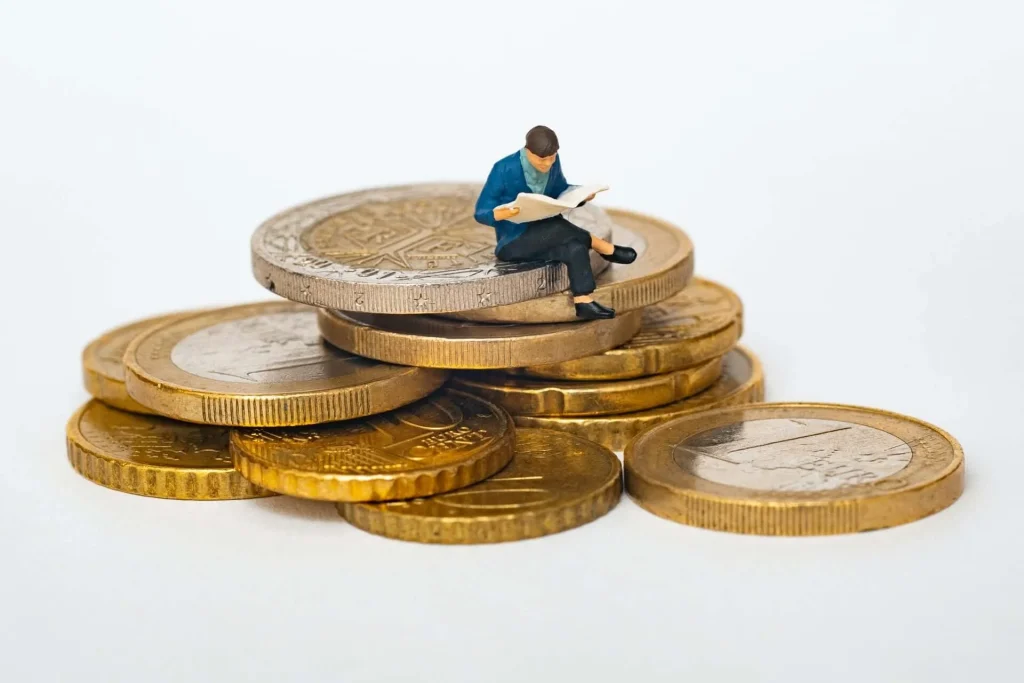
Tips To Protect Yourself Against Inflation
So, how do we protect ourselves against inflation? That’s a very common question that, unfortunately, doesn’t have one clear answer. Inflation is a natural occurrence in the market economy and with there being many ways to hedge against inflation; a disciplined investor can plan for inflation by investing in a variety of asset classes that supposedly outperform the market during inflationary climates.
Keeping inflation-hedged asset classes on your watch list is an absolute must and will help your portfolio thrive when inflation hits. Which asset classes you may ask? Well, here’s a list:
1.) Commodities
Commodities are a pretty broad category in the sense that they include grain, precious metals, electricity, oil, beef, and natural gas as well as foreign currencies and even some financial instruments. Commodities and inflation have always had a unique relationship, where commodities have always been an indication of inflation to come. This means as the price of a commodity rises, then most likely the price of the commodity used to produce will increase also. Seems like a really familiar concept, no?
2.) Bonds
Bonds are always considered a safe and traditional asset class for the conservative investor and his portfolio. Having a 60/40 stock/bond portfolio has always been a straightforward and easy investment strategy that many people should follow. While it may not be a perfect hedge against inflation, you’ll still likely be safer relative to any other asset class.
3.) Real Estate
Real Estate and income-producing rental properties are perhaps the most active investment you could make to protect yourself against inflation in the sense that you have control over just how much you can earn from real estate. You’ll also have the option of REITs if you plan to go through this path but find that you don’t have the same amount of starting capital to work with.

At the same time, this is where we come in as a real estate developer. Crown Asia has been the leading real estate industry within the Philippines for the last 25 years, exactly why you should be looking to purchase your next home with us here as we create homes and communities that not only serve as great investment opportunities but also actual homes for the purpose of building a family and living out the rest of your life in a great community.
We have homes fit for everyone, especially those looking for an investment opportunity. 24/7 security and property managers are always on the lookout for ways to improve the subdivision.
Read more: A Guide to the Railways of the Philippines: It’s Present and Future (And Maybe Yours)


